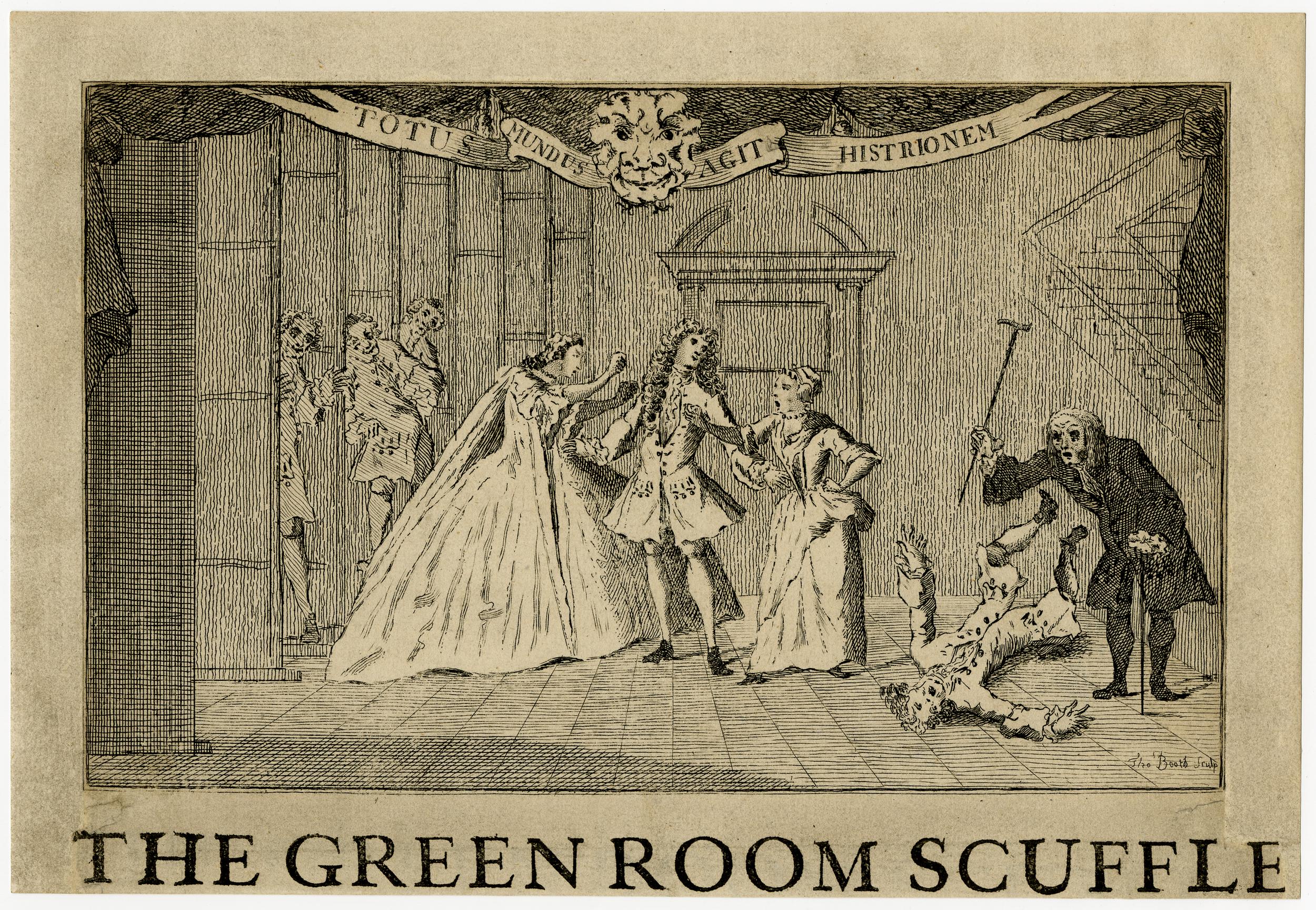8 Quirky Facts About Live Theatre That Will Amaze You
Theatre has been an integral part of human civilization for centuries, as a mirror to society and a platform for storytelling. Its roots can be traced back to ancient rituals and ceremonies, evolving through time to become a sophisticated art form. Despite the rise of digital media, live theatre continues to thrive, drawing audiences with its unique blend of creativity and authenticity. This article will uncover eight quirky facts about live theatre, each revealing a different facet of its magic. From the origins of certain traditions to the surprising ways theatre impacts our lives, prepare to be amazed by the enchanting world of live theatre.
1. The Origins of the Green Room: A Nod to Nature

The term "green room" is a staple in theatrical jargon, referring to the space where actors relax before and after performances. But why is it called a "green" room? The origins of this term are shrouded in mystery, with several theories offering explanations. One popular theory suggests that the green room was originally painted green to rest the actors' eyes after exposure to bright stage lights. Another theory posits that the term dates back to the 16th century, when actors would wait in a room filled with plants and greenery, believed to have calming properties. Regardless of its origins, the green room remains an essential part of theatre culture. It serves as a sanctuary for performers, a place where they can prepare mentally and physically for their roles. The concept of the green room highlights the importance of creating a supportive environment for artists, allowing them to deliver their best performances. This quirky piece of theatre history underscores the industry's commitment to nurturing talent and ensuring the well-being of its performers, a tradition that continues to this day.